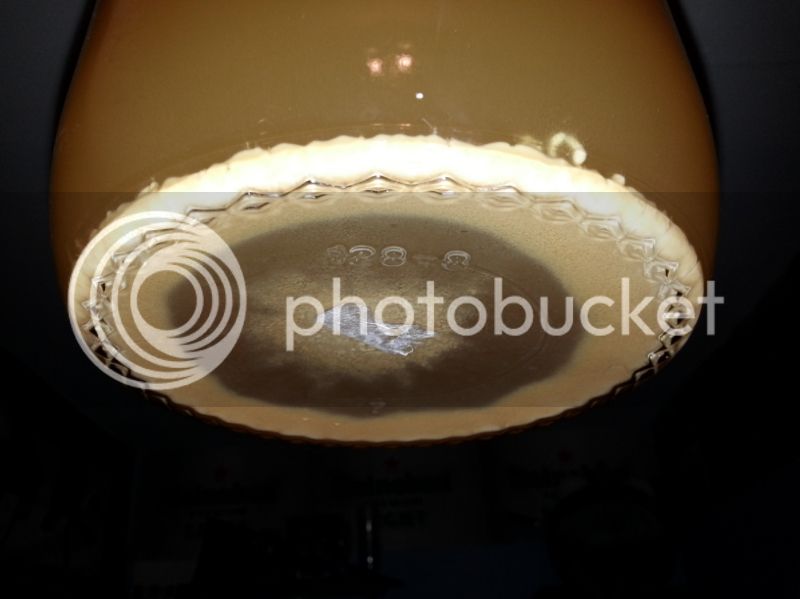Well honey is a great source of ferment-able sugars, but a terrible source of nutrients. So I decided to go ahead and put some in the must like I usually would.
So far I must say that this experiment is going incredibly well. I was worried at first since the yeast balls all floated on top and didn't seem fully submerged in the must. But the gravity readings are showing that this is working well!
I put the mead together on 6/26. It started with a OG of 1.087, and I made a slurry of about 300-350 billion cells of Trappist 3787 (due to another experiment on ale yeasts in mead). I measured this morning and the SG is now down to 1.016. This is an incredible rate for mead, much more so than my normal batches done the traditional way. It may be due to the fact that I probably overpitched with that many cells, but I do not taste any of the usual symptoms of overpitching.
I built a stir plate to try and move the must around, so that the beads are not just sitting stagnant on top. But my LHBS was out of stir bars so I had to order online. It looks like at this rate the mead may be done before that arrives! This could be huge for wine and mead makers since clearing can, and usually does, take weeks or months!



































![Craft A Brew - Safale BE-256 Yeast - Fermentis - Belgian Ale Dry Yeast - For Belgian & Strong Ales - Ingredients for Home Brewing - Beer Making Supplies - [3 Pack]](https://m.media-amazon.com/images/I/51bcKEwQmWL._SL500_.jpg)























